The Serengeti is a savannah that extends from northern Tanzania, east of Lake Victoria, to southern Kenya, covering an area of about 30,000 square kilometres. More than 1.6 million herbivores and thousands of predators live there.
More than 1.6 million herbivores and thousands of predators live there.
The word Serengeti is derived from the Masai language from the term “esirinket” and means “the endless land” or “endless plain”. Extensive, flat grassy plains in the south contrast with slightly hilly, slightly forested plains in the north. The central savannah is almost treeless, in the southeast rises the volcanic Ngorongoro Conservation Area (World Heritage Site since 1979). The highest mountains are about 1850 meters above sea level, lower parts of the savannah reach down to about 920 meters. The annual precipitation varies between 300 and 1000 mm.
The area of the Serengeti encloses the Serengeti National Park, which with its 14,763 square kilometres is one of the largest and certainly the most famous national parks in the world. Since 1981 it has been part of the UNESCO World Heritage Site and the 23,051 square kilometre biosphere reserve. Southwest of the national park is the Mazwa game reserve, which is situated at 1000 to 1500 meters above sea level and covers 2200 km². North of the corridor is the Grumeti reserve with about 2000 to 3000 km². In addition, the 3000 km² Ikorongo Conservation Area borders the Serengeti. Between the Ngorongoro Conservation Area and the state border lies the Loliondo Conservation Area; the northern end of the Serengeti Ecosystem is located in the Masai Mara Reserve.
With colonization, big game hunters began to shoot large numbers of animals, severely decimating the populations. This arbitrary killing of wild animals eventually made it necessary to establish nature reserves to protect the savannah habitat and the wildlife living there. In the 19th century, the area was still pasture land of the nomadic Massai. The Massai, who were not responsible for the destruction of nature, were severely restricted in their freedom in their own homeland by the nature reserves. The Serengeti was partially declared a Serengeti Game Reserve as early as 1929 to protect the lions, which were previously considered pests. In 1940 it was declared a Protected Area. In 1951, the British Mandate Administration of Tanganyika established the Serengeti National Park, which at that time included the Ngorongoro Crater. In 1959, the wildebeest’s rainy season grazing lands in the southeast of the Serengeti at Ngorongoro Crater were separated from the national park and merely declared a Conservation Area, where Masai herders are allowed to graze their cattle.
The Serengeti is one of Africa’s most complex and undisturbed ecosystems, ranging from dusty summer drought to green winter and lush spring. At its heart is the savannah with scattered acacias. To the south are wide open short grass plains, to the north long grasslands covered with thorn trees, along the rivers gallery forest and in the hilly western corridor extensive forests.
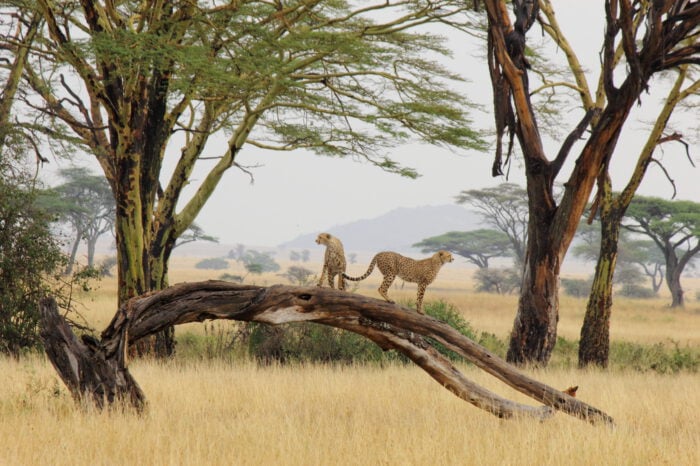
7 Days Tanzania Safari from Mombasa by flight to Kilimandjaro Airport, Arusha to Lake Manyara, Ngorongoro Crater, Serengeti, Tarangire, and back to Mombasa by flight from Kilimandjaro Airport.
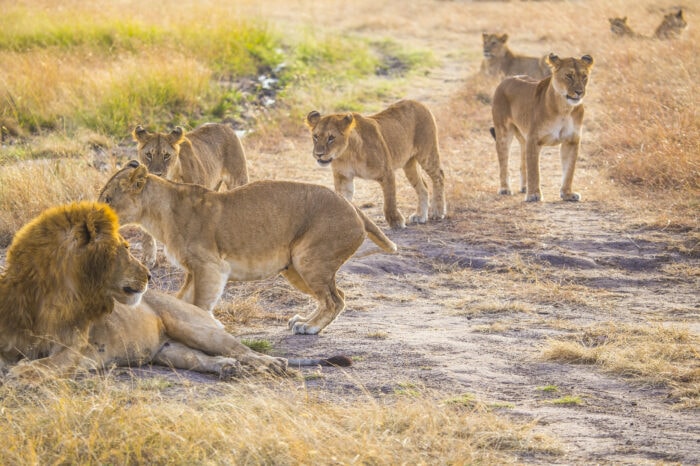
6 Days private Tanzania Safari from Arusha via Ngorongoro to Serengeti and Lake Manyara to Mombasa.
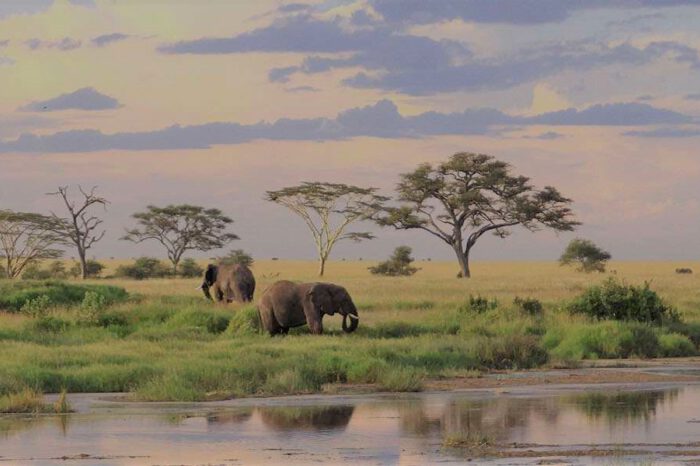
5 days Tanzania Safari from Mombasa to Lake Manyara, Serengeti, Ngorongoro Crater and back to Mombasa
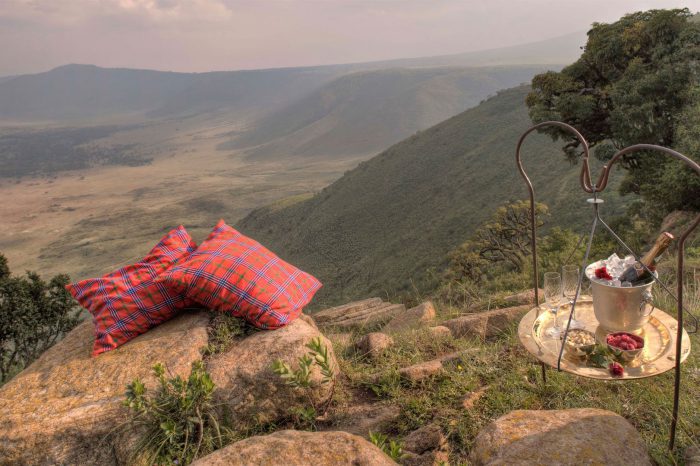
11 Days Kenya & Tanzania Safari from Nairobi to Lake Nakuru, Lake Naivasha, Great Rift Valley, Masai Mara, Serengeti, Ngorongoro Crater, Lake Manyara, Amboseli Nationalpark and back to Nairobi.
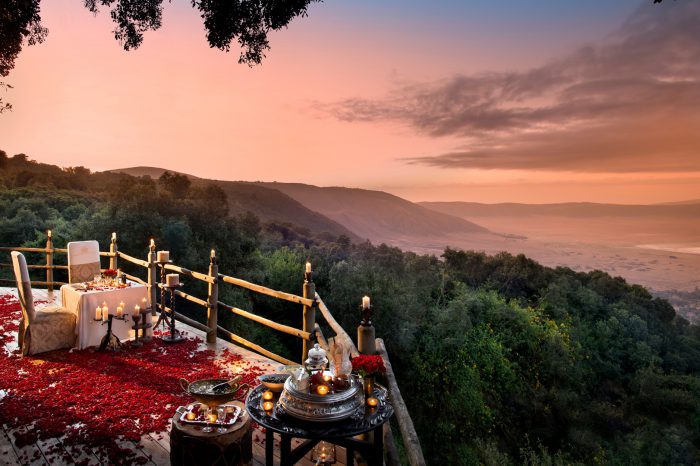
5 day safari departing from Mombasa or Diani Beach to Tanzania, then to Lake Manyara, into the Serengeti and the Ngorongoro Crater. From there back to Arusha for the return to Mombasa via Taveta border.

14-day safari with the most famous national parks and reserves in Kenya.
We offer Safaris to Tsavo East, Tsavo West, Amboseli, Masai Mara, Lake Nakuru, Lake Naivasha and Tanzania as group tours or private tours.
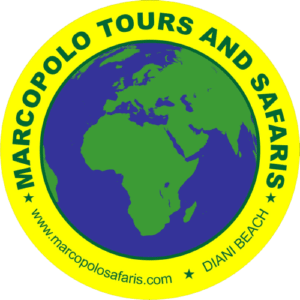
Mobile +254 722 696 533
WhatsApp +254 702 291 817
info@marcopolosafaris.com | marcopolosafaris@gmail.com
Head office
Diani Beach Rd, Ukunda, Mombasa, Kenya
Mon – Sun 8.00 – 18.30
Nairobi office, waiyaki way
